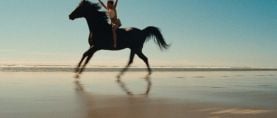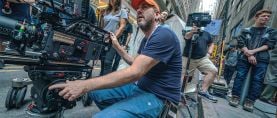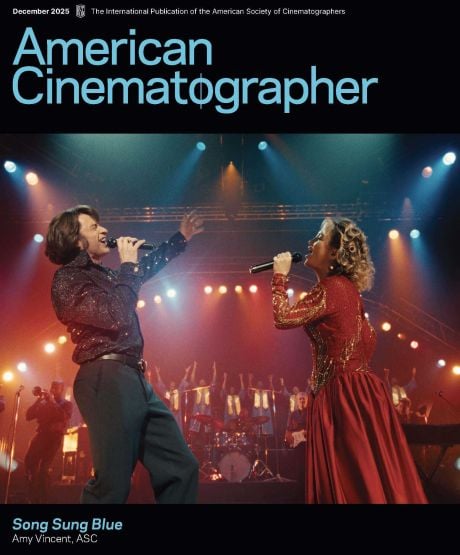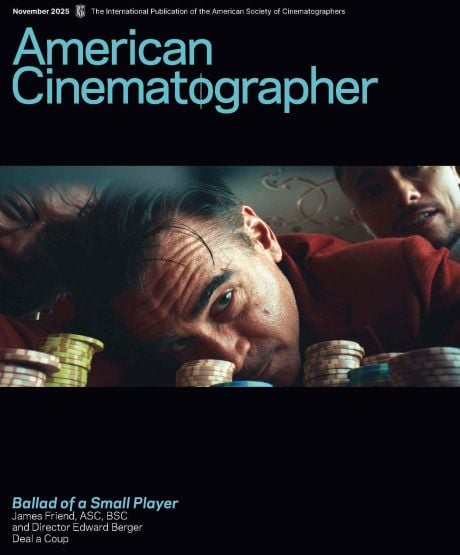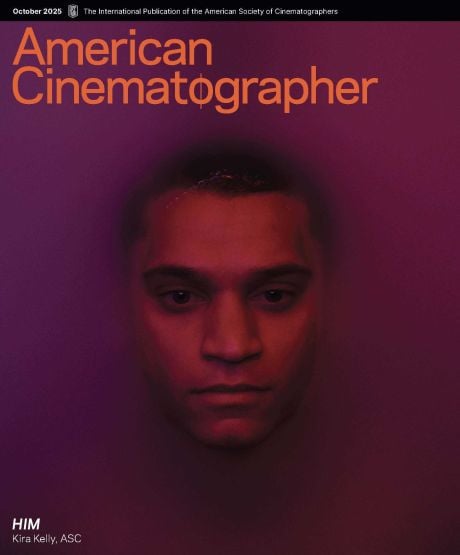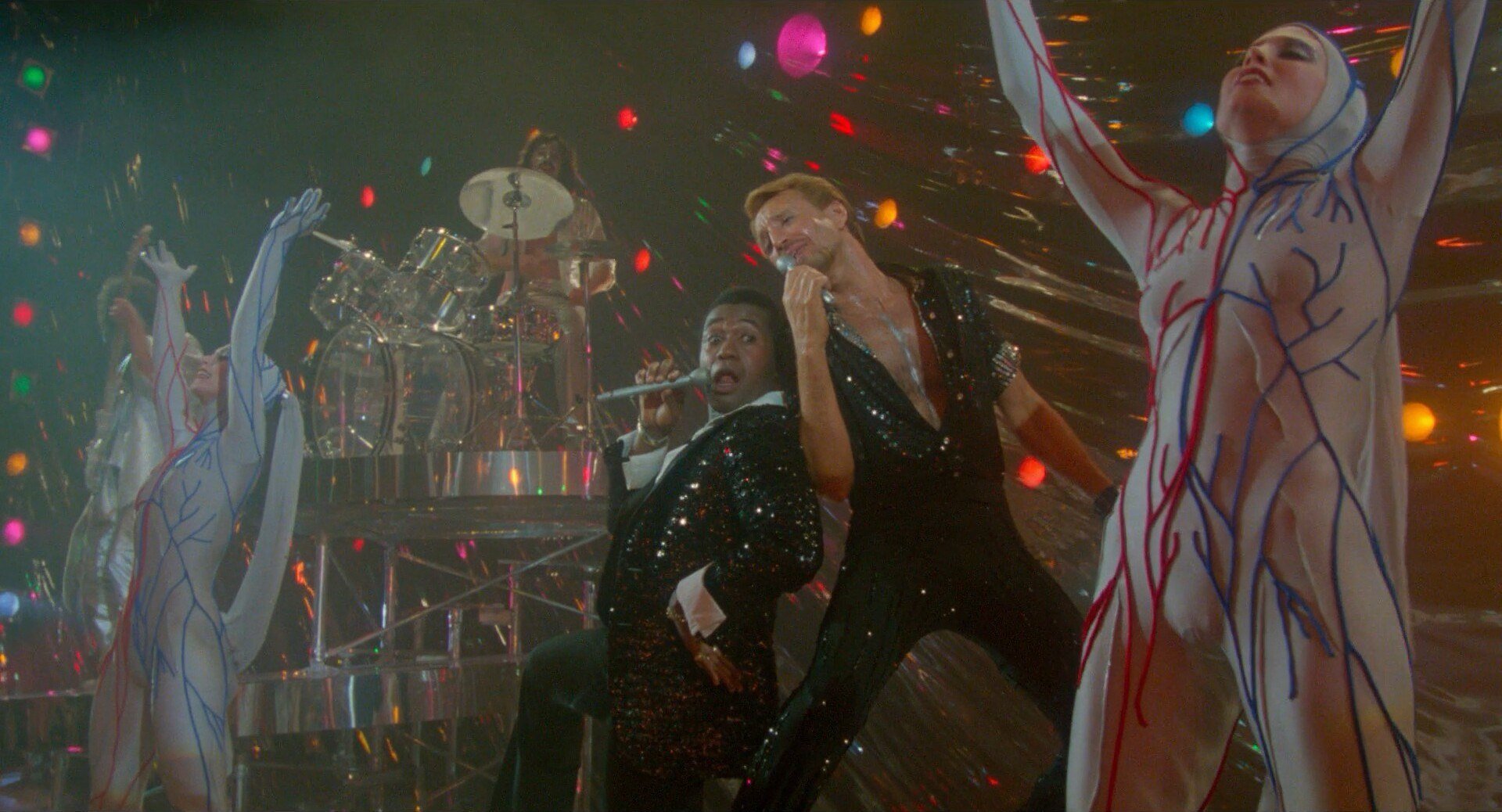
ShotDeck Drop: All That Jazz
In this historical interview, Giuseppe Rotunno, ASC, AIC reflects on his Oscar-nominated cinematography for Bob Fosse's motion picture masterpiece about sex, death, and show business.
Among the 1.7 million shots available from the research resource ShotDeck are selections from Bob Fosse's dazzling and devastating quasi-biography All That Jazz, with Roy Scheider playing Joe Gideon, a brilliant Broadway writer/director/choreographer in the throes of rehearsals for his latest show (standing in for Fosse's Chicago, from which the title is taken), and the home stretch of editing his latest feature film (based on Fosse's Lenny). Gideon pushes himself to the limit personally, professionally, and physically, culminating in the literal showstopper of a lifetime. At the time of its release, The Boston Globe said All That Jazz was "a plausible milestone in the evolution of the Hollywood film," and Stanley Kubrick reportedly called it "the best film I think I have ever seen." It was nominated for nine Oscars at the 1980 Academy Awards, including Best Actor for Scheider, and Best Cinematography for Giuseppe Rotunno, ASC, AIC.
Before passing away in 2021, Rotunno spent nearly 60 of his 97 years behind the camera, capturing beautiful and mind-boggling imagery dreamed up by the world’s greatest directors. Although he collaborated with many top American filmmakers, including Orson Welles, John Huston, Stanley Kramer, Robert Altman, Bob Fosse and Mike Nichols, he is best-known for his multiple collaborations with the brightest lights of the Italian cinema: Vittorio De Sica, Luchino Visconti and Federico Fellini.
"It’s very difficult to explain my work, but it’s like being a painter," the cinematographer told AC contributor Ron Magid on the occasion of his ASC International Award in 1999. "I think painters feel something inside through the paints and the brush as they put their ideas on a on a canvas. That is also what I do."
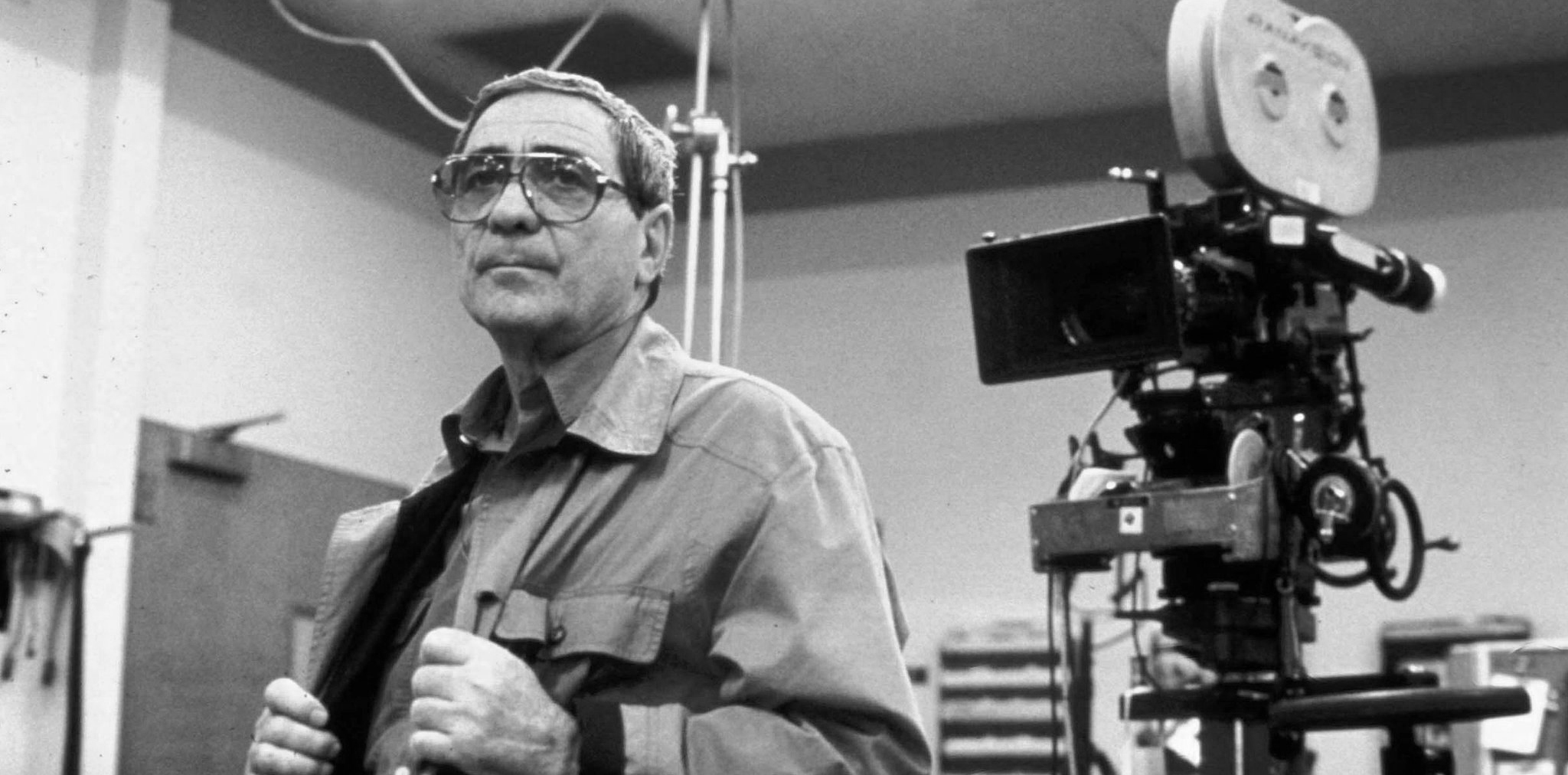
In the May 1980 issue of American Cinematographer, Rotunno reflects on the making of All That Jazz, calling it "a unique experience that I could not have had in Italy. Broadway is something completely different than anything else. I would say that it was a privilege to help make this movie."
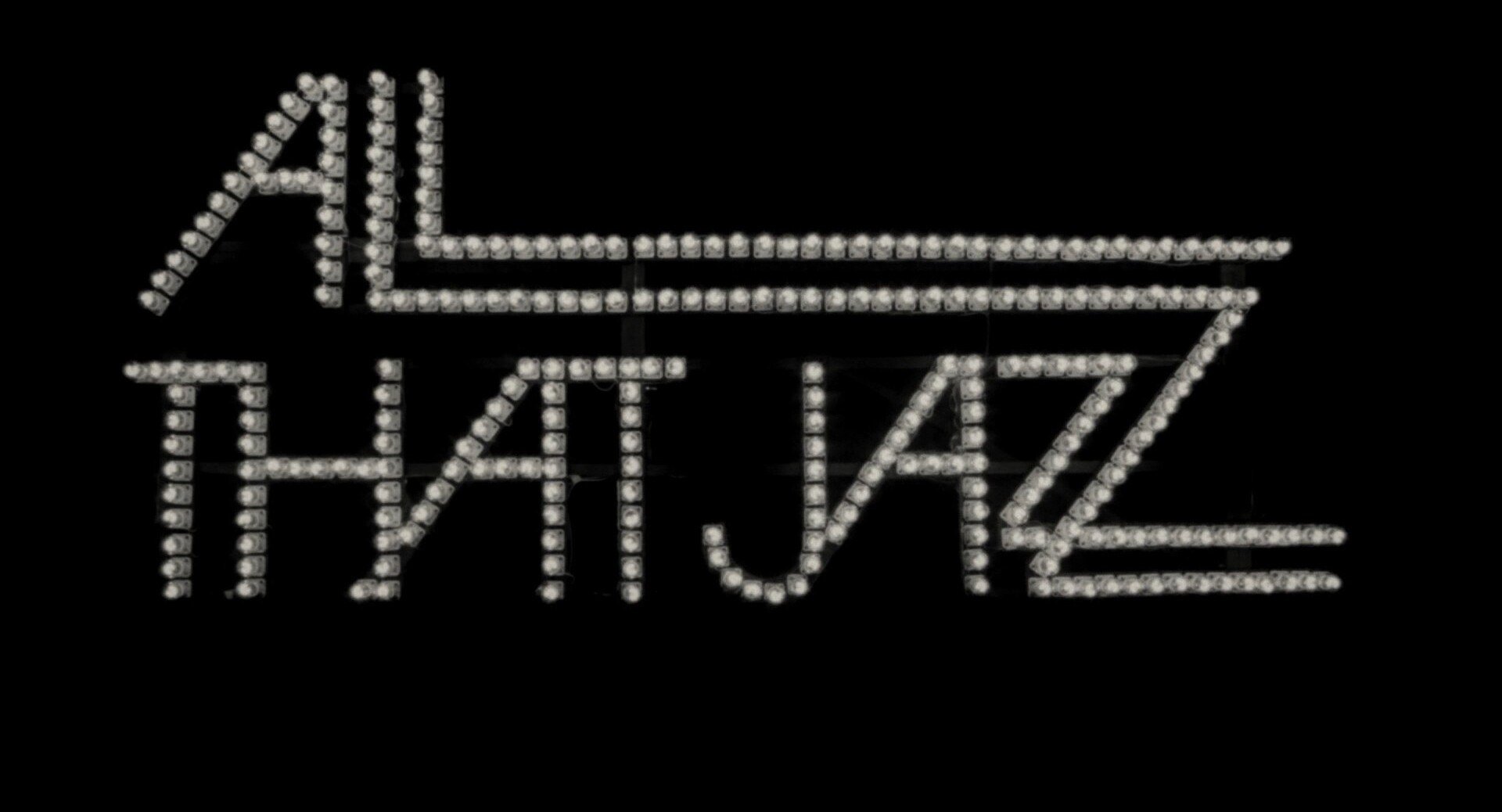
"In March, 1978, director Bob Fosse invited me to come to New York and see a musical that he was directing on Broadway It was called Dancing. My airplane was delayed and I was late for the performance. But I was able to talk to Fosse afterwards about the possibility of working together on a movie. He knew of me through my work. My first reaction was that I liked the idea of having the opportunity to work with him."
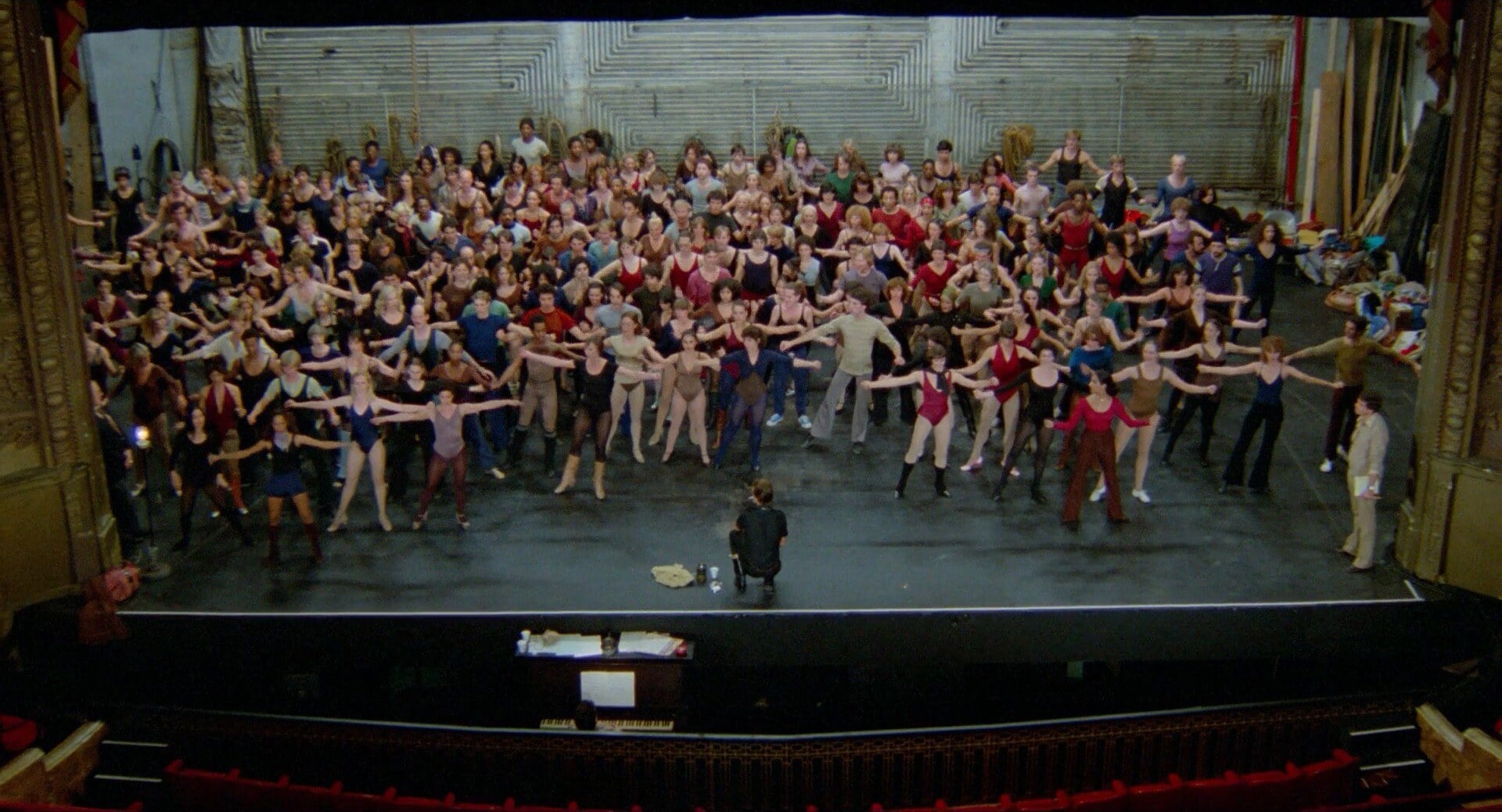
"I had seen Cabaret and that gave me an idea of what Fosse would do with a film like All That Jazz. While I liked the idea of the film, the opportunity to work with Bob Fosse was also very important to me. A director of photography doesn't get to select the films he wants to make. All you can do is hope that you are offered to do the film you want by the director you want to work with. In this case, this is what happened."
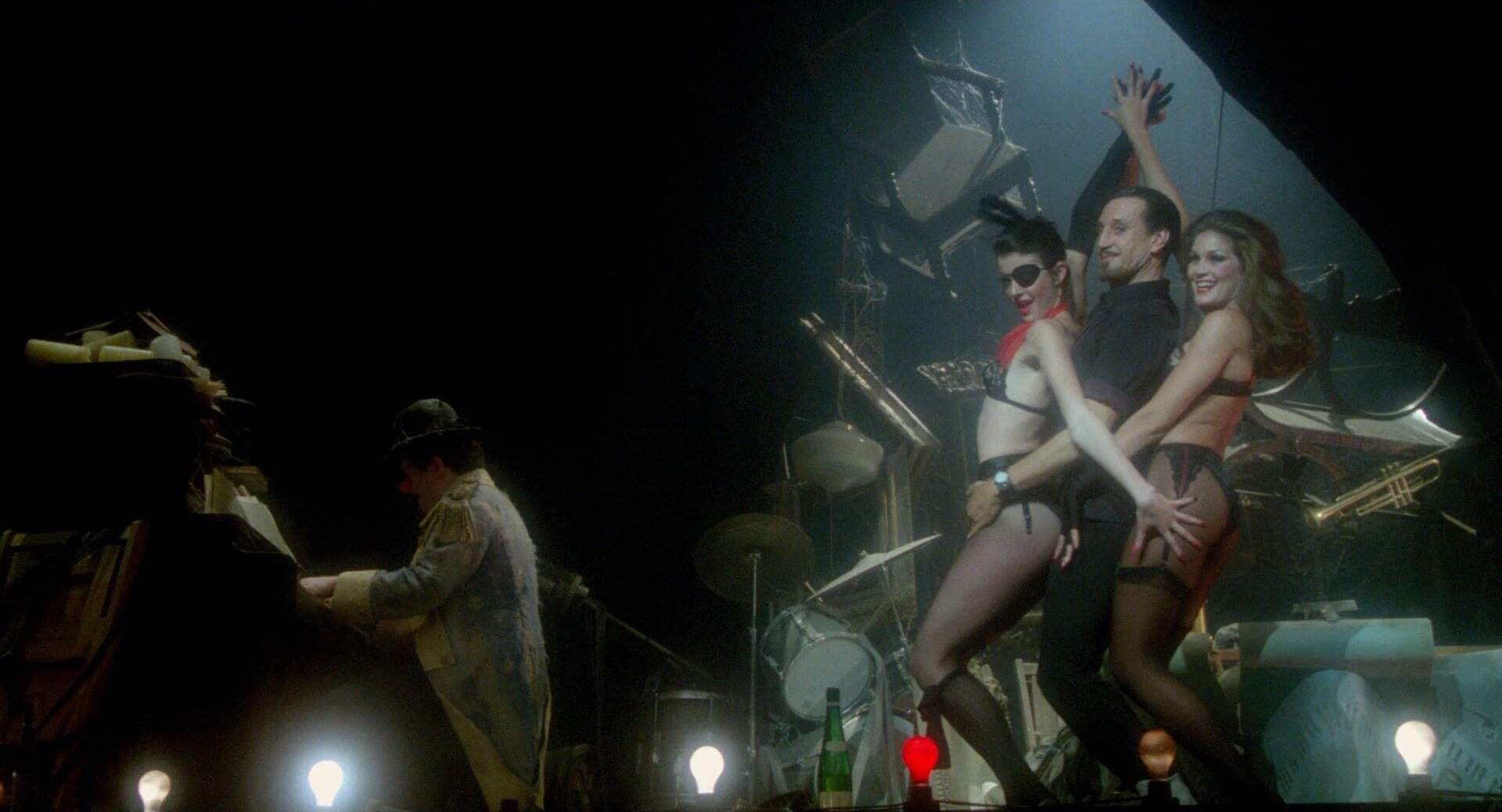
"We used three Panavision cameras and all Panavision lenses. I found that I could get the best lighting results by using many small [lights], mainly Pallas and Iris, manufactured by Ianiro [a legendary, but now defunct, Italian company; Pallas and Iris lights are primarily used for cycloramas]. They are very practical to handle, and that was important since we took a lot of time to light each scene."
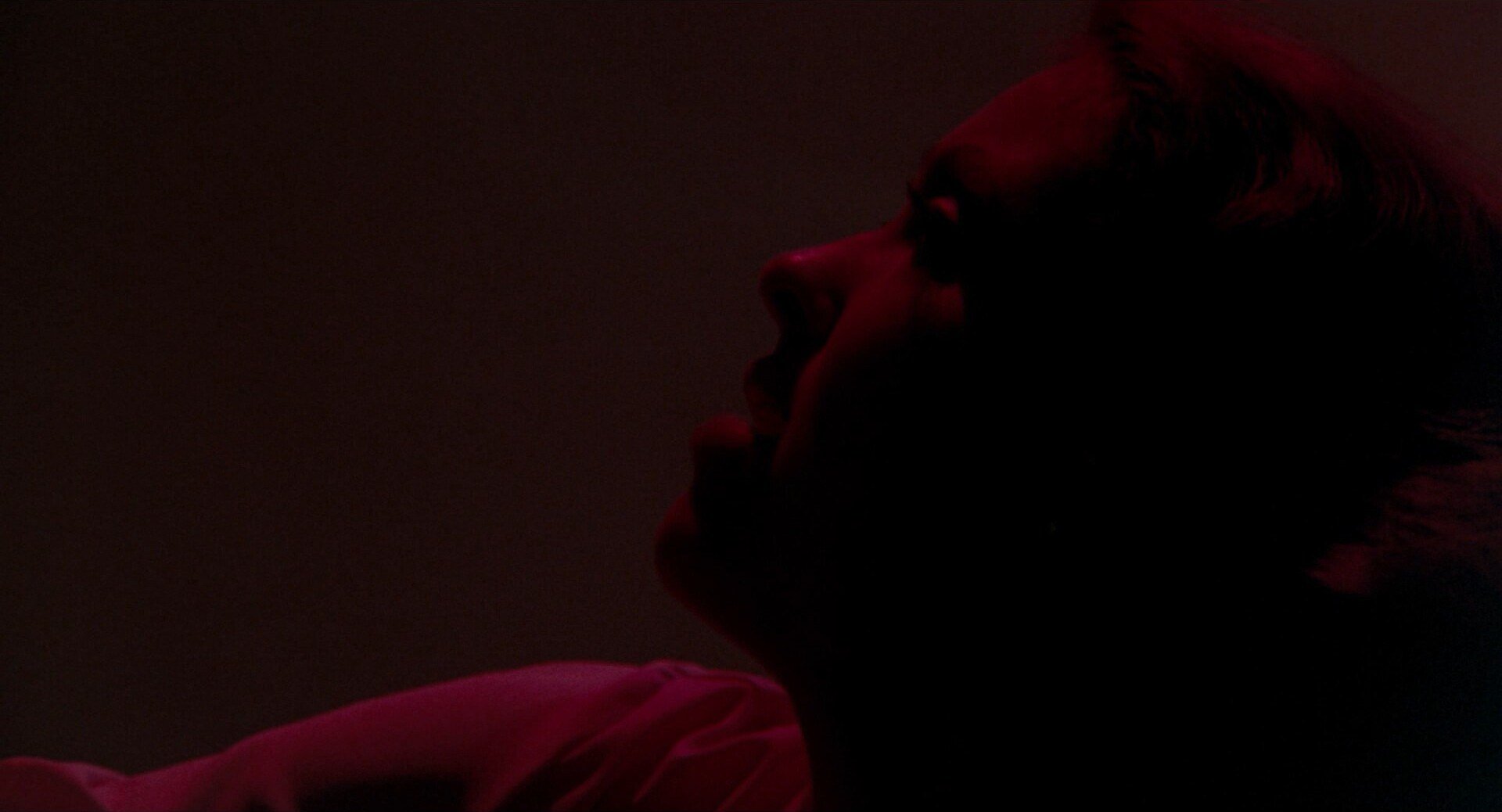
"There were a number of instances where we used shadows to convey a mood or feeling. To achieve that effect, we recorded All That Jazz on Eastman [125T] 5247 color negative film. I am very aware of what you can do with different films, and I am very particular about the results."
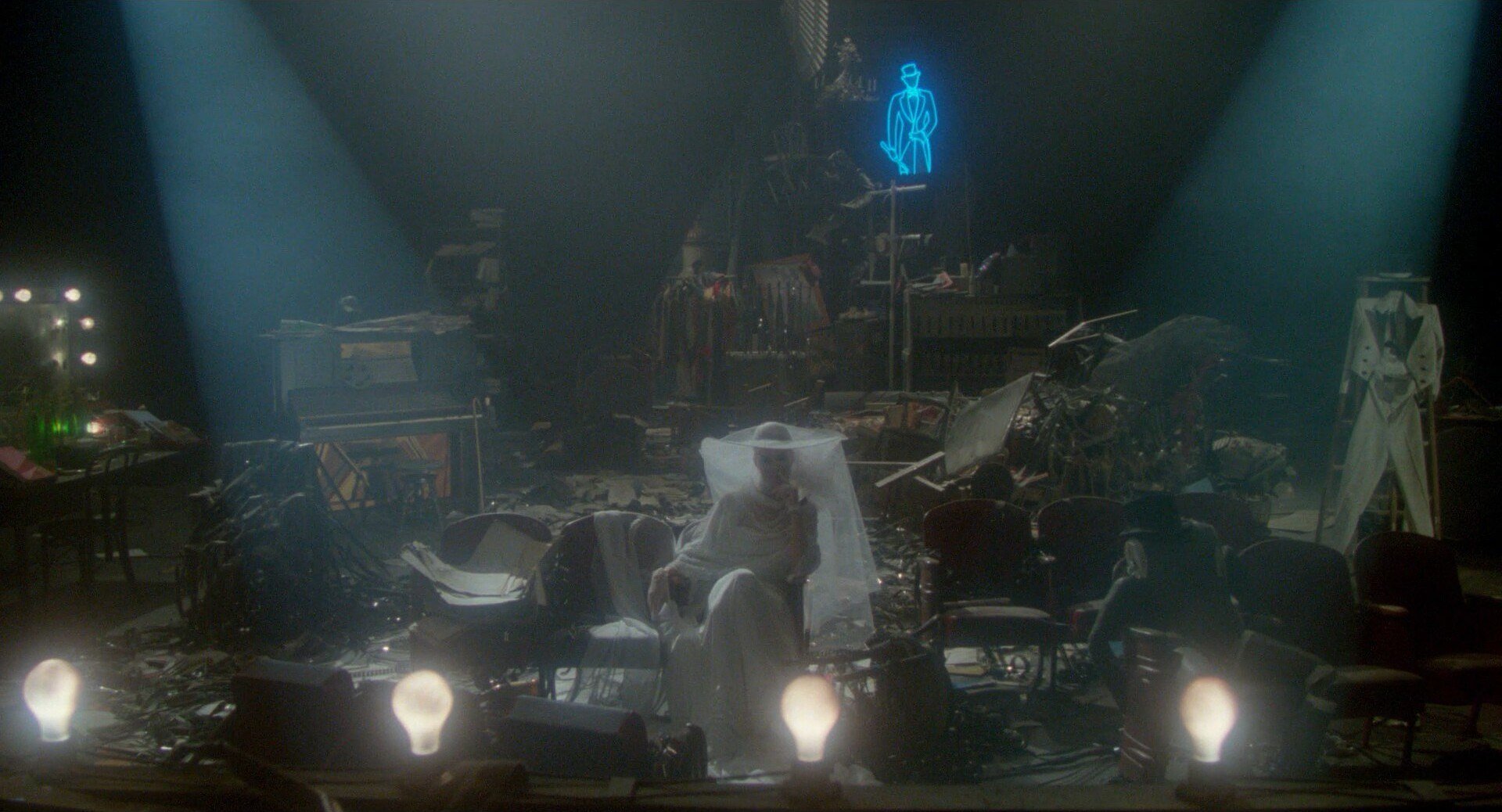
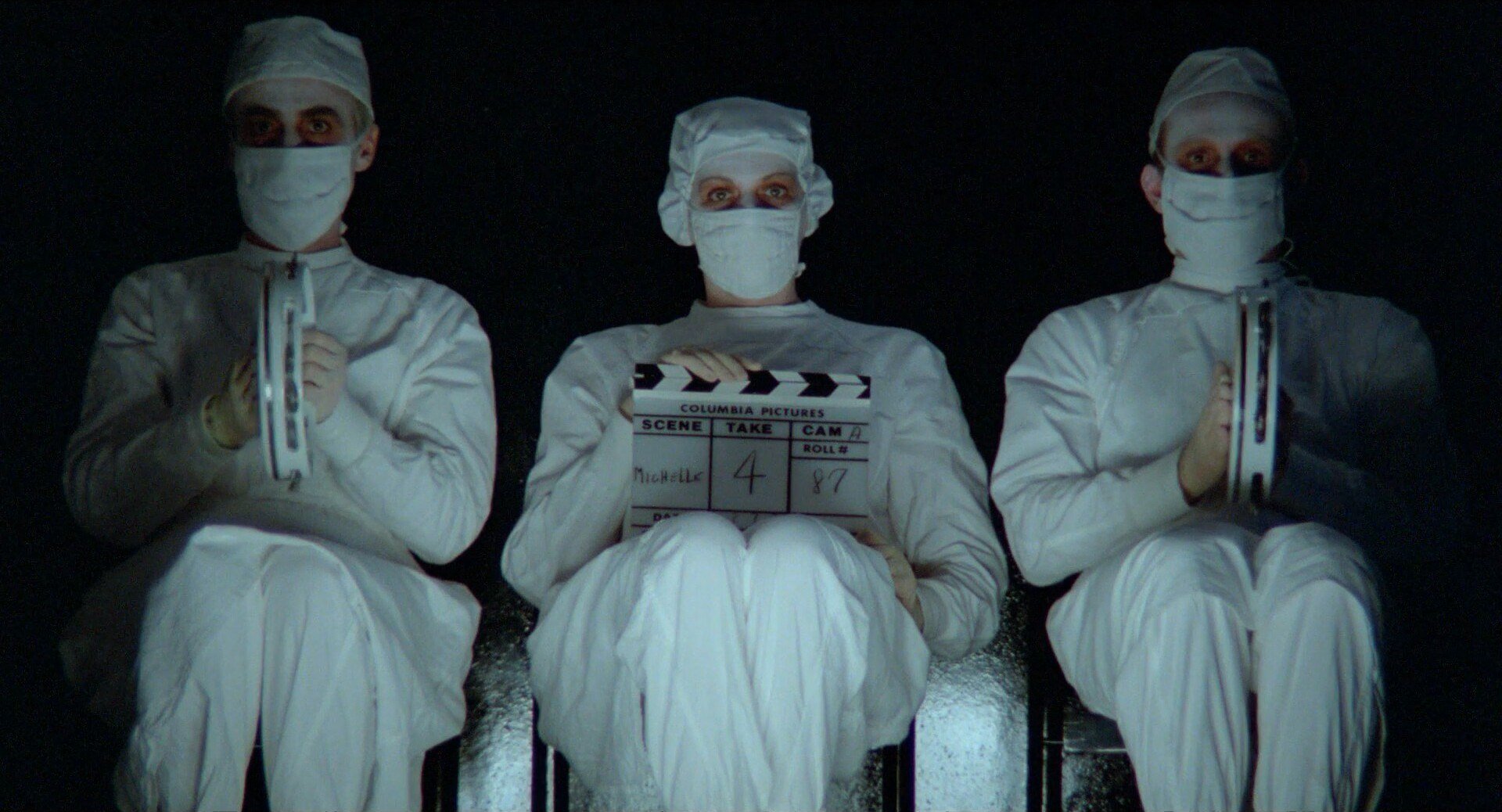
“I am very satisfied with All That Jazz. However, if I had to shoot it again, probably it would come out to be quite a different film.”
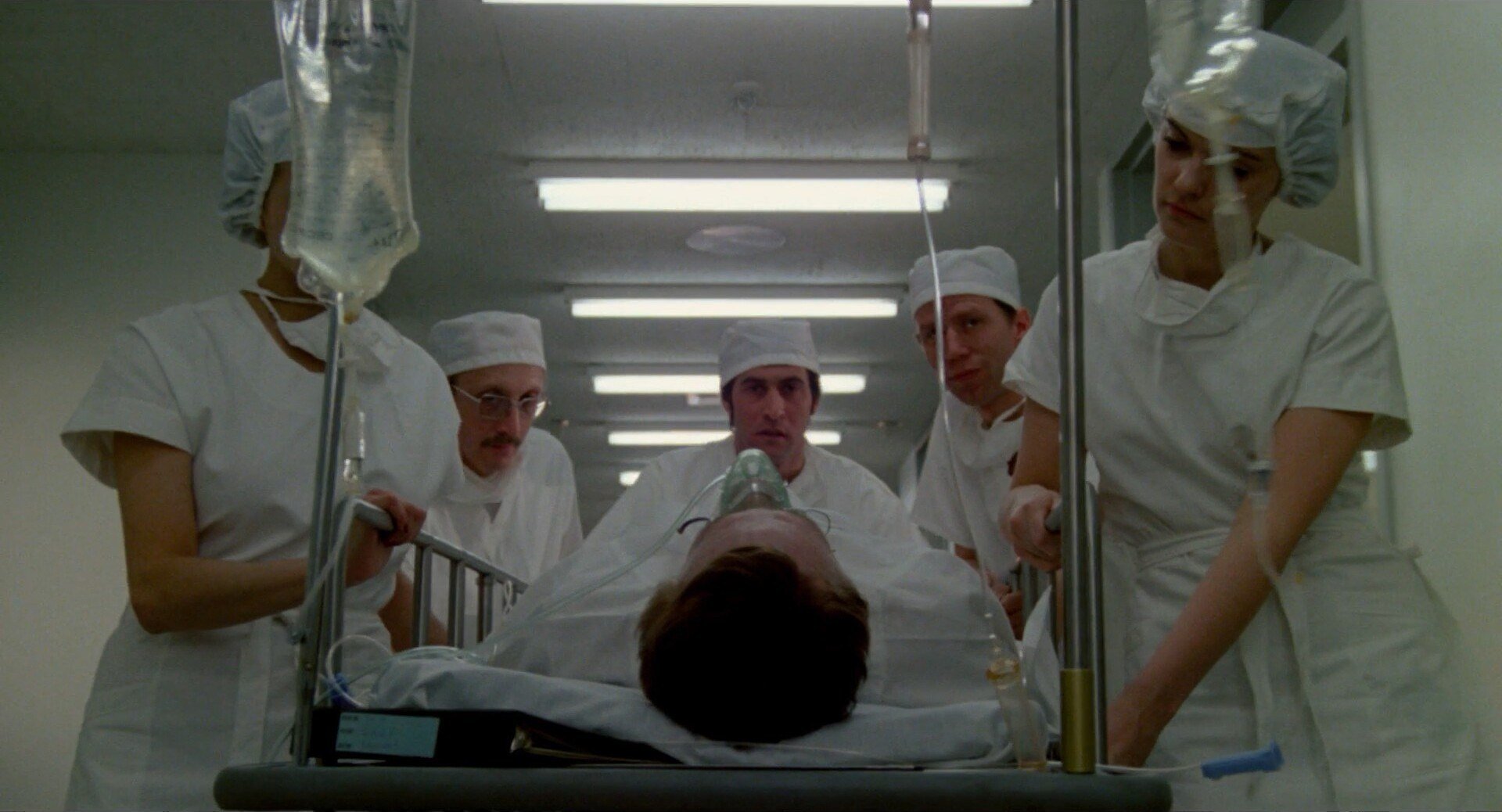
"I had to shoot a scene in a hospital. It was done at a practical location, a real hospital, where all of the lighting was provided by fluorescent lamps. You can never be certain of the results in this kind of a situation. I made mosaics of small green Kodak filters to get exactly the right surfaces for every spotlight and reflector used. It was quite a job. But it eliminated the green and gave us exactly the look and feeling that the director wanted in that scene."
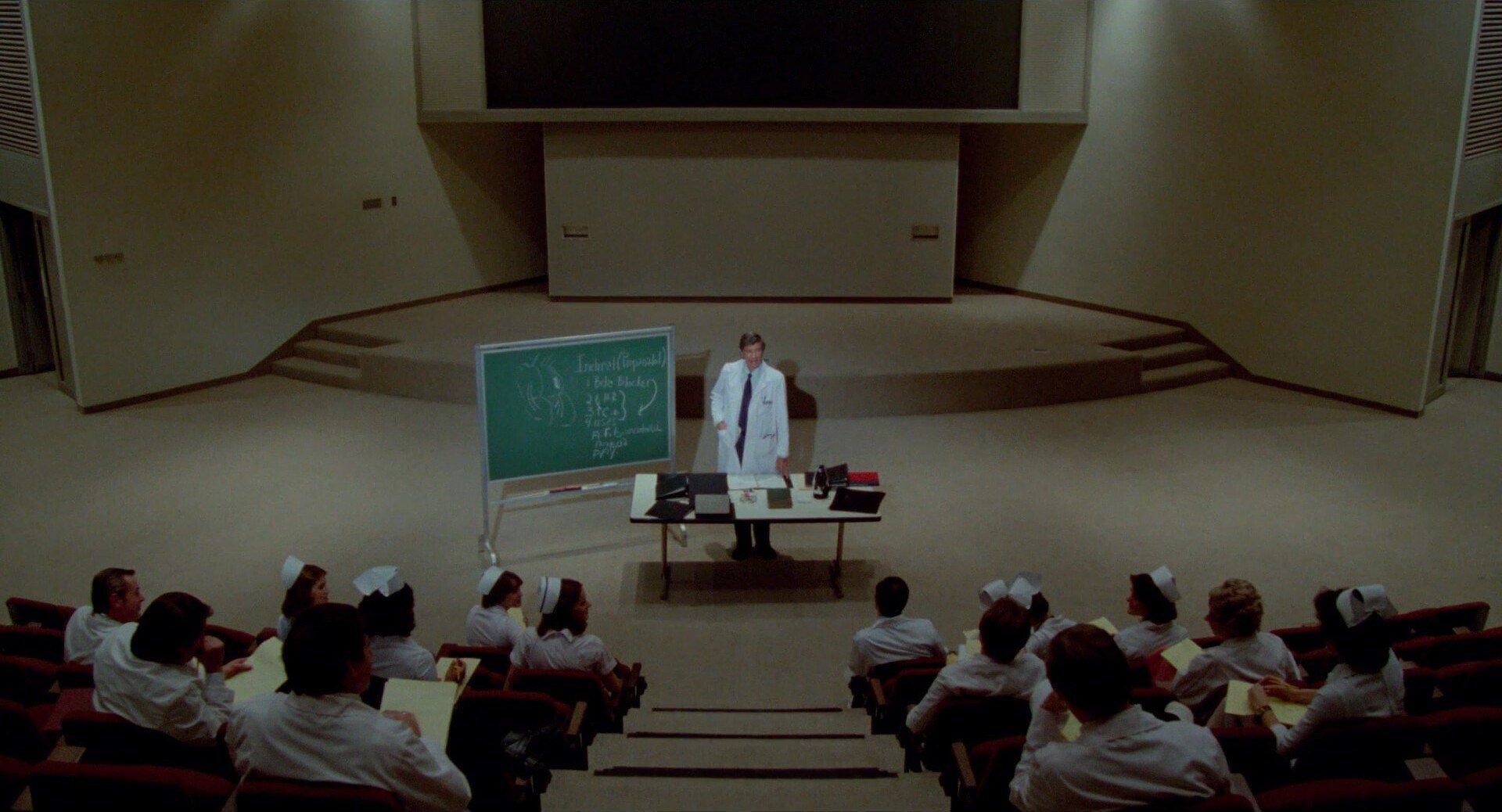
"Another challenging sequence was staged in a very large stadium. It would have been very difficult to light everything because of the size. We solved this problem by carefully placing a terrific number of reflectors. This allowed us to control the lighting to achieve the look or feeling that Fosse wanted."
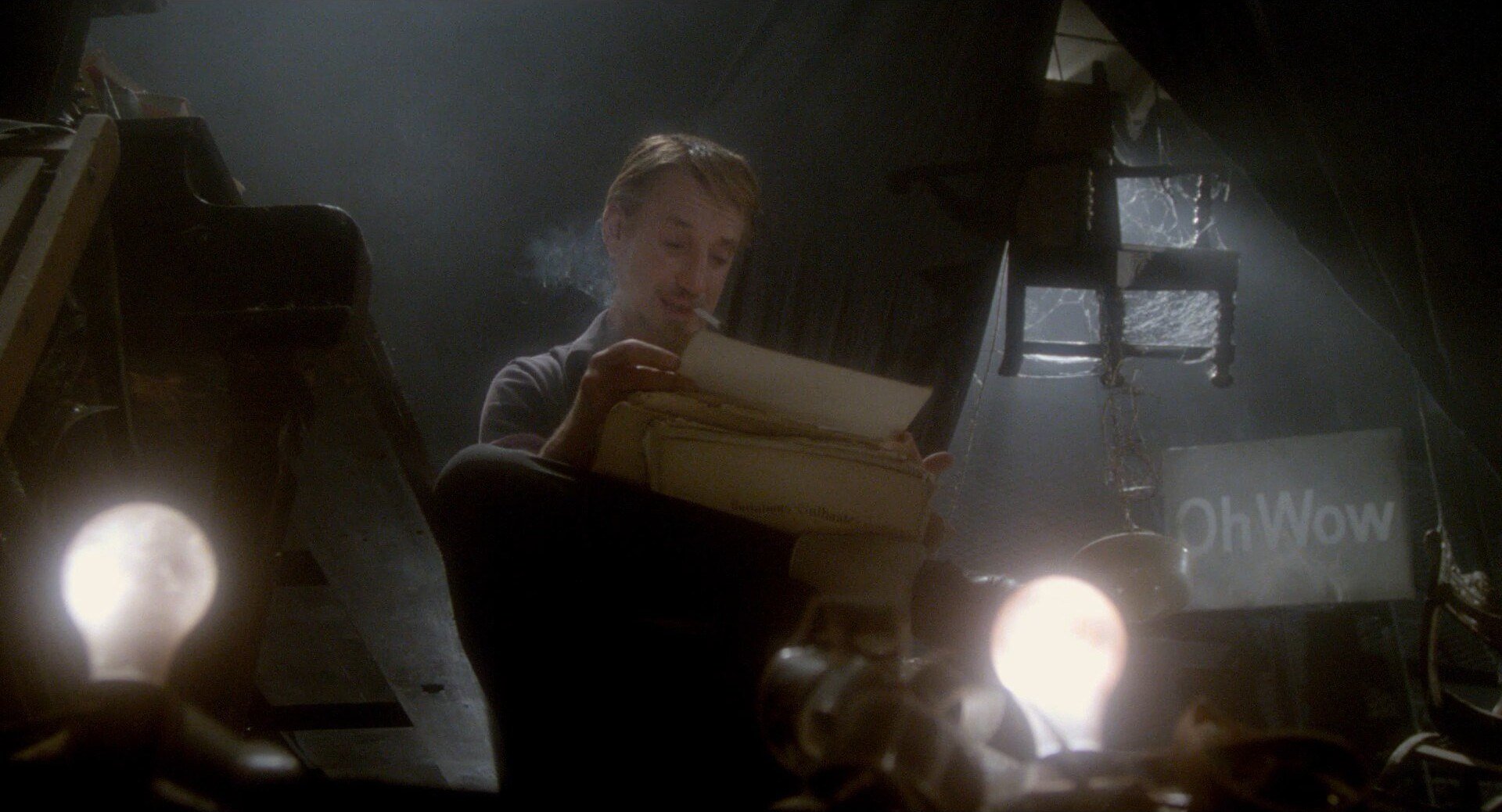
"A picture doesn't end for me when the main photography is completed. I spend many hours in the laboratory checking on the process and printing. I insist that what I see in the viewfinder is what we record on the negative and then the print. The only· way that I know to assure that kind of a result is to be directly involved every step of the way."
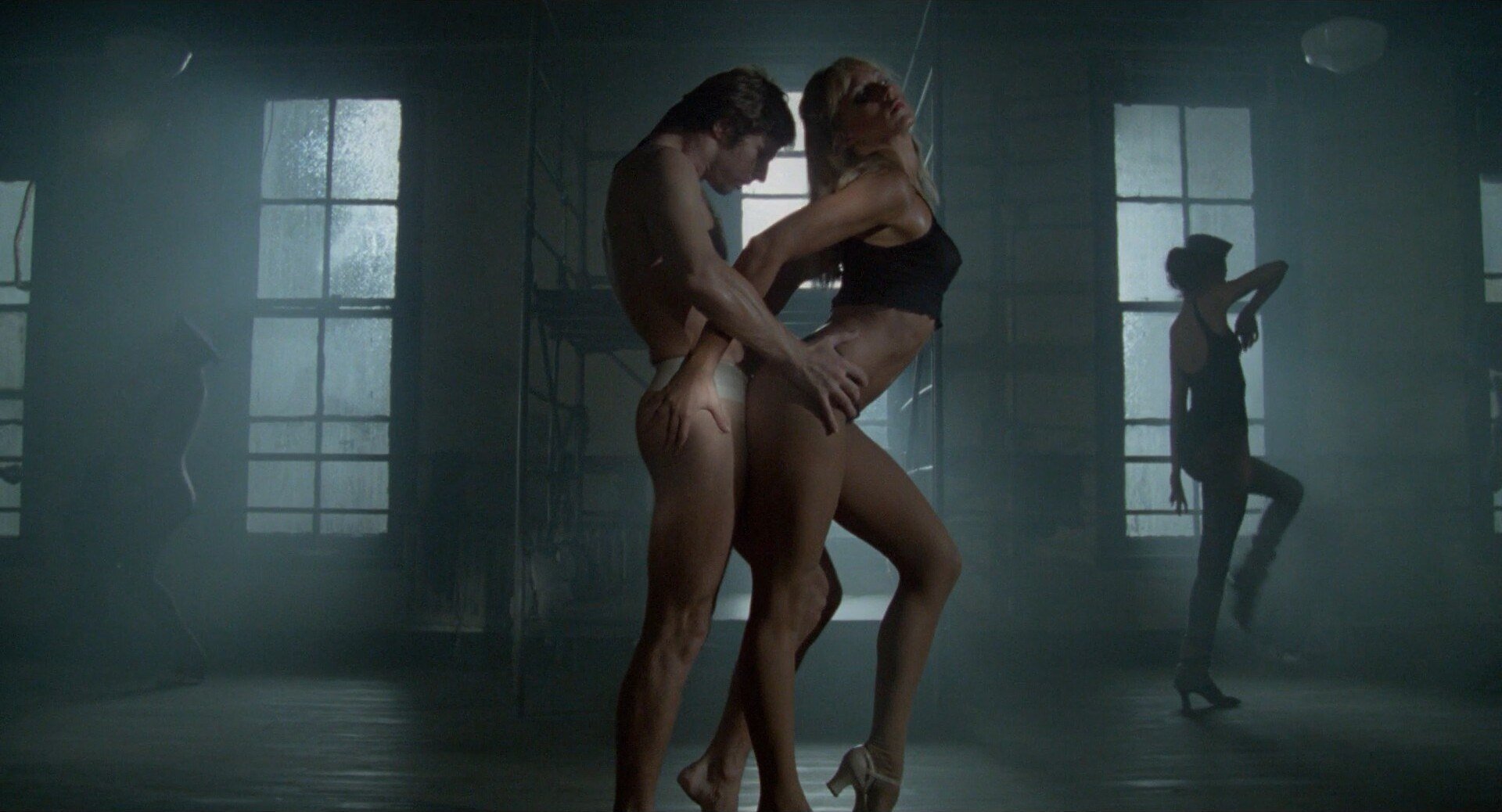
"I put all of my sincerity, obstinacy and skill into the making of All That Jazz. It was my duty to translate the feelings and moods, the emotions that [Fosse] wanted into images through the intelligent use of light... I hope that I have succeeded in this purpose."
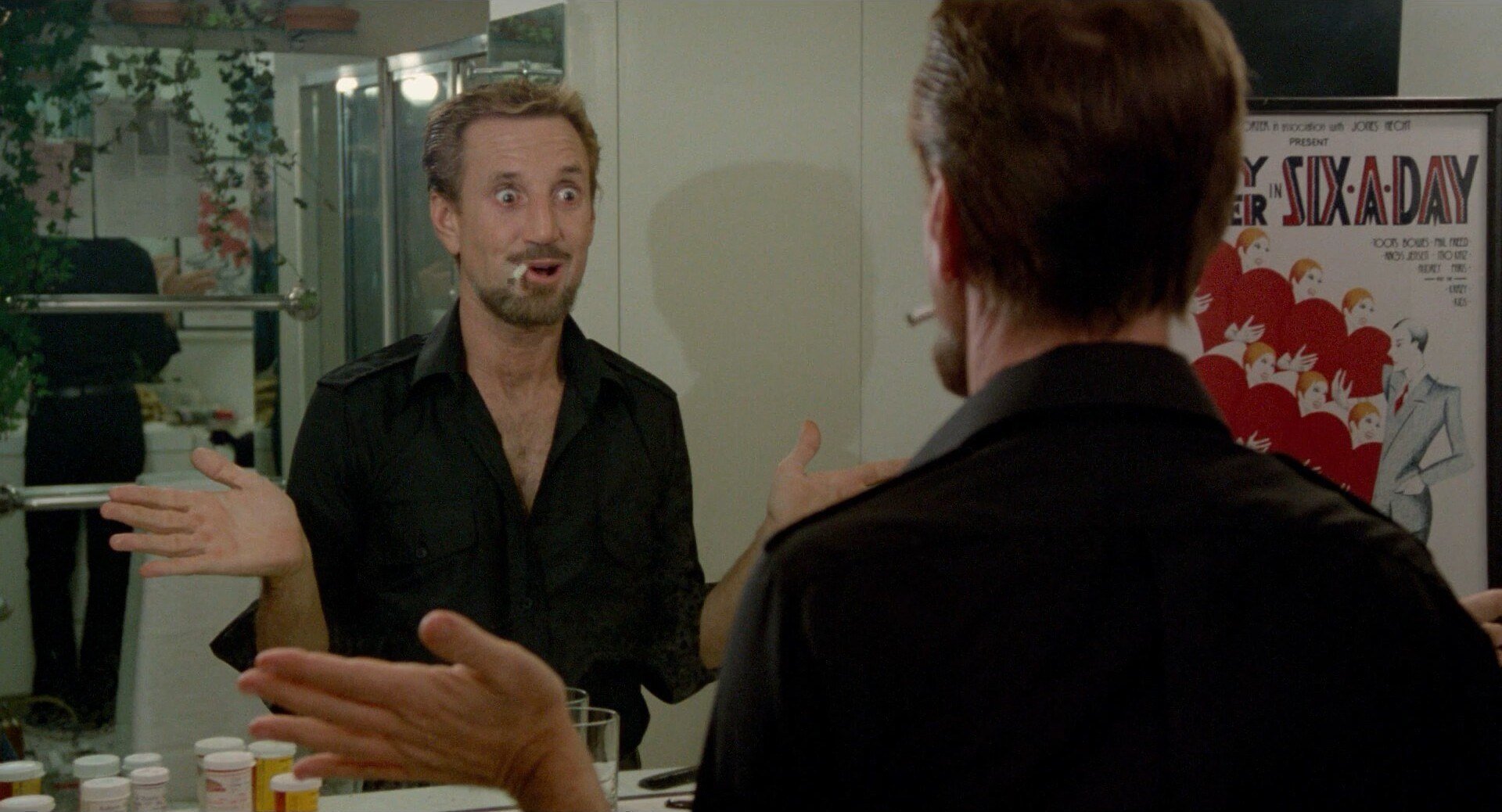
Founded by Lawrence Sher, ASC (cinematographer of Joker: Folie à Deux, The Hangover Trilogy, Garden State), ShotDeck is the world’s largest library of fully-searchable high-definition cinematic images. With over 1.6 Million shots and now an App for iPhone and iPad access, ShotDeck is an invaluable reference, planning, and collaboration tool for filmmakers, students and creatives of any kind.

Each week, ShotDeck makes hundreds of new, high-quality images available to users. AC will be regularly examining these projects with additional context and input from the cinematographers and other filmmakers involved in their creation.
